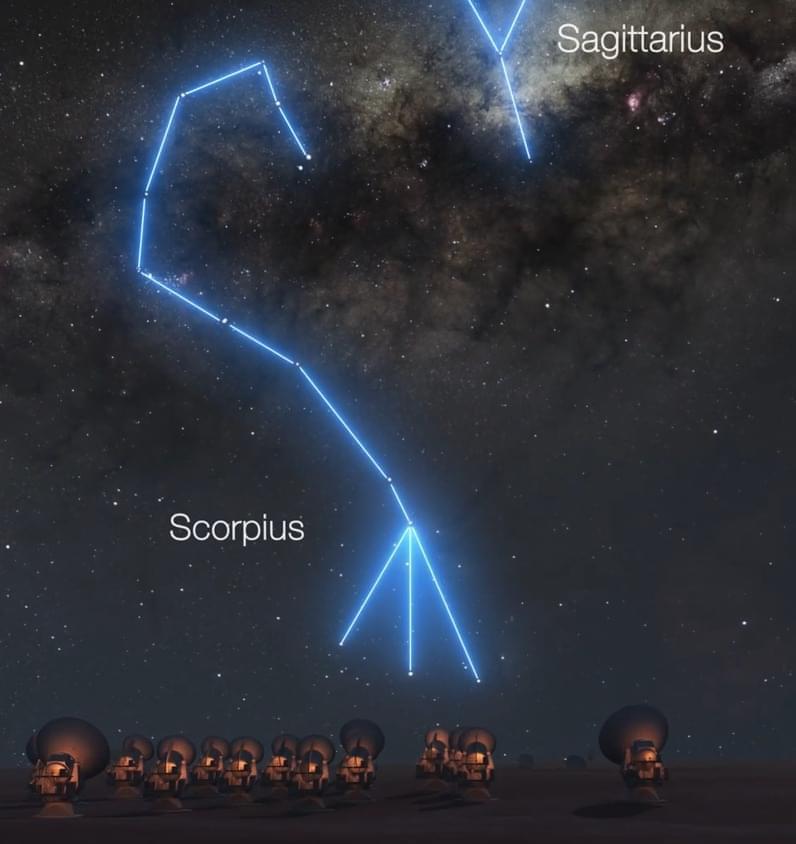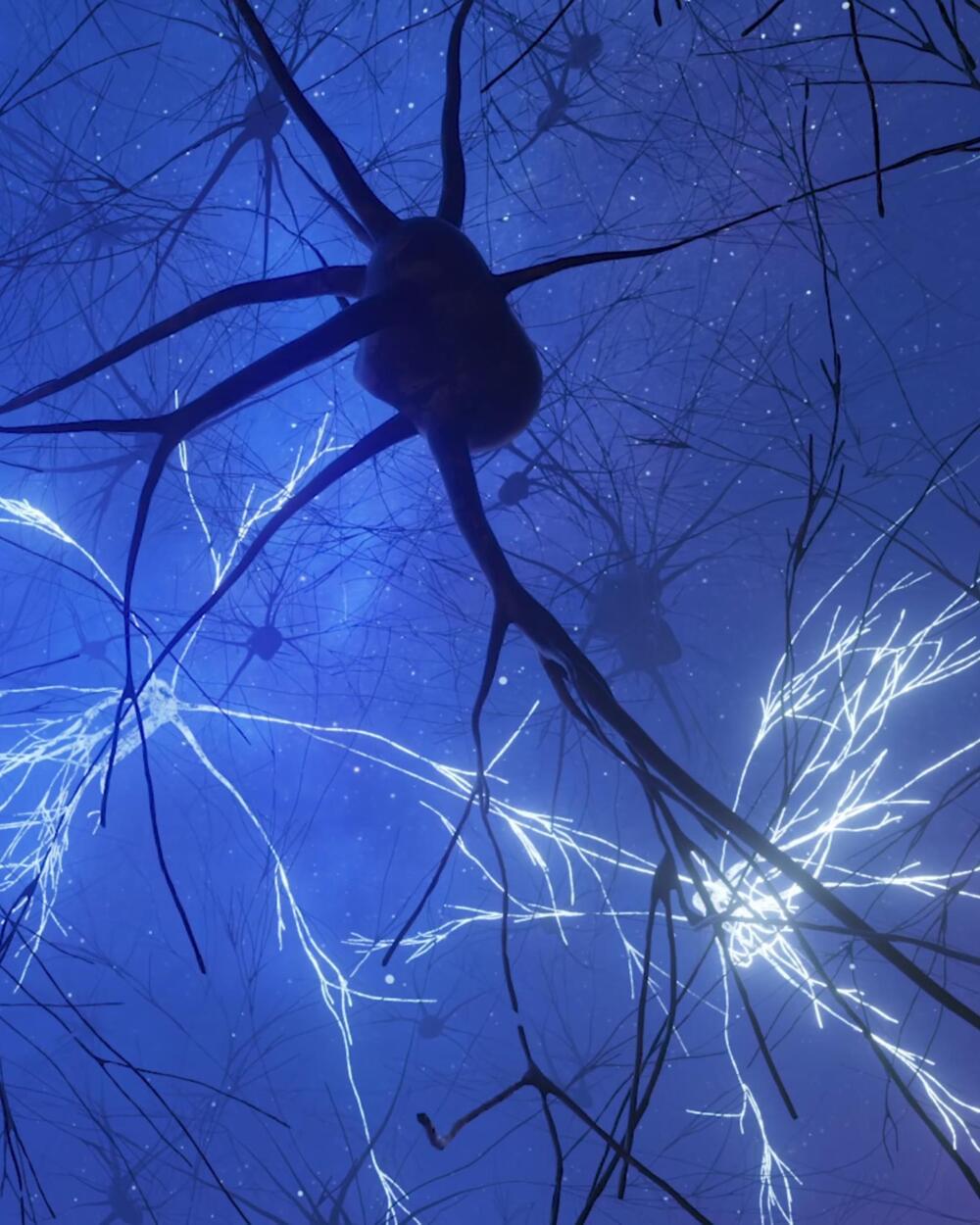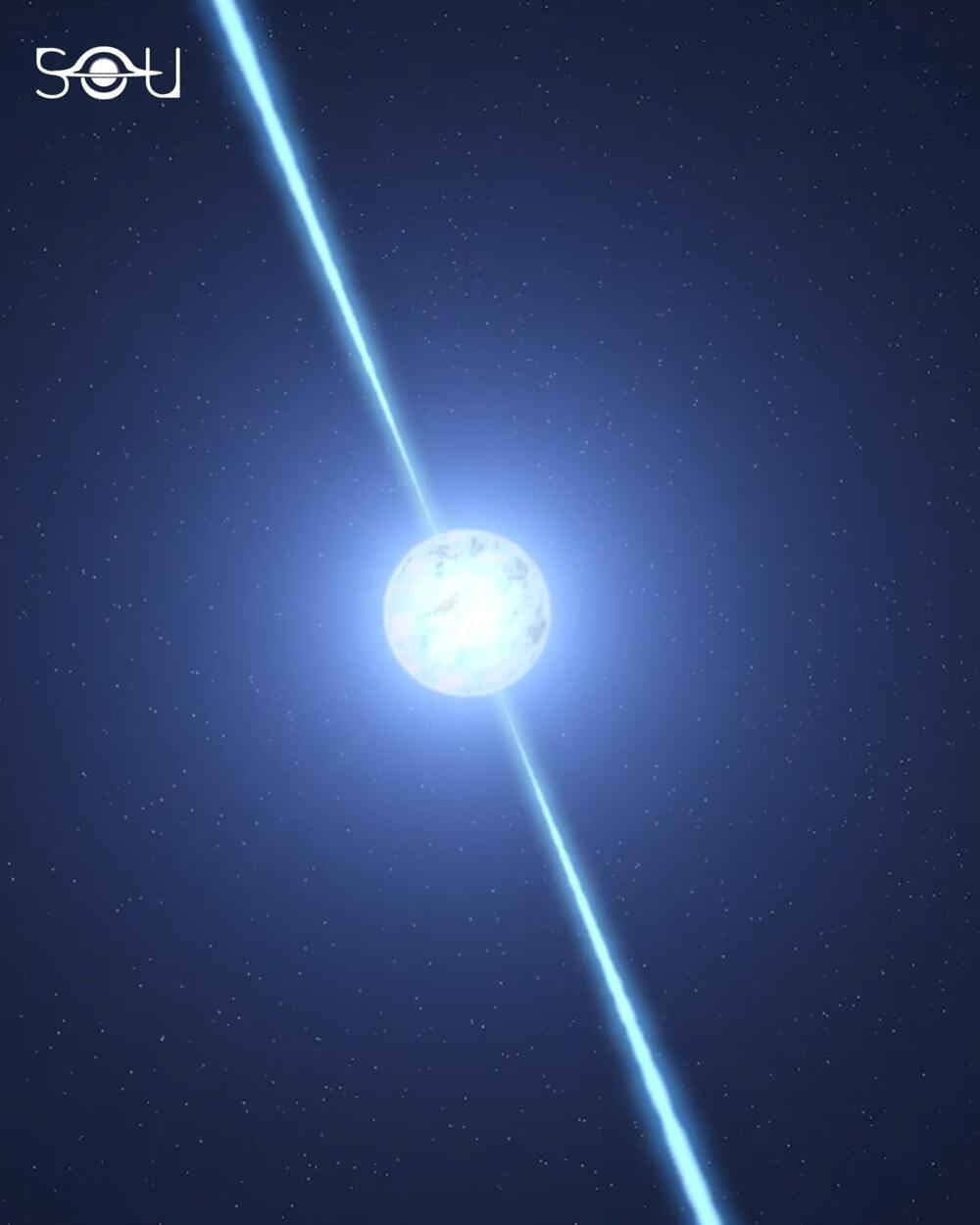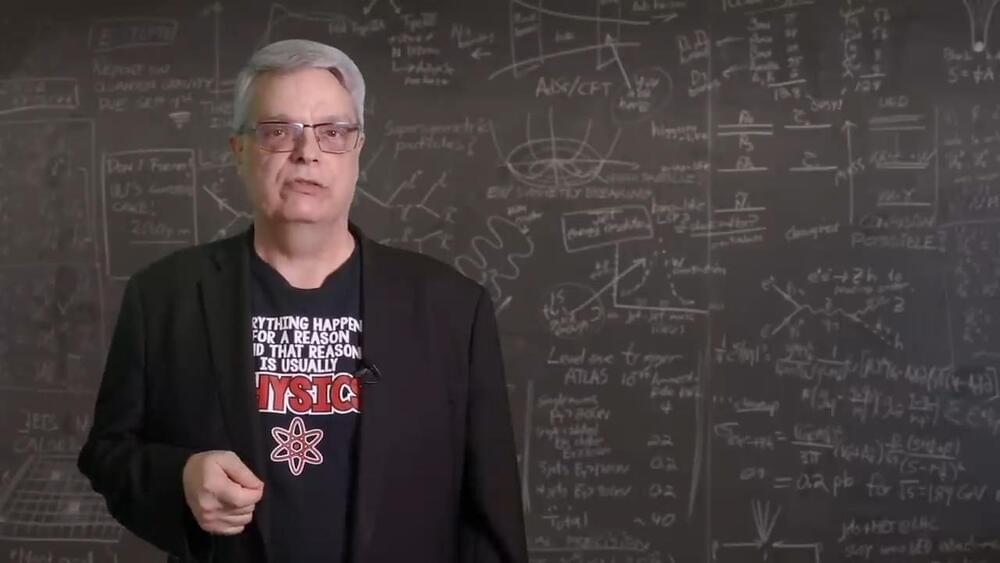
Get the latest international news and world events from around the world.






SpaceX-Affiliated Group Giving Out Funding for Warp Drive Research
Covering interstellar distances rapidly may still be a distant dream, but it’s now getting unprecedented financial support.
A nonprofit called the Limitless Space Institute, co-founded by former NASA warp drive researcher Harold “Sonny” White and retired astronaut Brian Kelly in 2020, is generating enough excitement — and funding — for the concept that it’s started giving out educational and research grants to schools and universities, as detailed by Universe Today.
The Institute, whose mission statement is to “inspire and educate the next generation to travel beyond our solar system and support the research and development of enabling technologies,” has even picked up some increasingly mainstream support. Take Gwynne Shotwell, the chief operations officer and second-in-command of SpaceX, who joined as an independent advisor in April, joining other bigshots in the aerospace sector including several retired astronauts involved with the venture.



AI’s Threats to Jobs and Human Happiness Are Very Real
There’s a movement afoot to counter the dystopian and apocalyptic narratives of artificial intelligence. Some people in the field are concerned that the frequent talk of AI as an existential risk to humanity is poisoning the public against the technology and are deliberately setting out more hopeful narratives. One such effort is a book that came out last fall called AI 2041: Ten Visions for Our Future.
The book is cowritten by Kai-Fu Lee, an AI expert who leads the venture capital firm Sinovation Ventures, and Chen Qiufan, a science fiction author known for his novel Waste Tide. It has an interesting format. Each chapter starts with a science fiction story depicting some aspect of AI in society in the year 2041 (such as deepfakes, self-driving cars, and AI-enhanced education), which is followed by an analysis section by Lee that talks about the technology in question and the trends today that may lead to that envisioned future. It’s not a utopian vision, but the stories generally show humanity grappling productively with the issues raised by ever-advancing AI.
IEEE Spectrum spoke to Lee about the book, focusing on the last few chapters, which take on the big issues of job displacement, the need for new economic models, and the search for meaning and happiness in an age of abundance. Lee argues that technologists need to give serious thought to such societal impacts, instead of thinking only about the technology.

AI solution makes the quest for elusive monolayers a lot simpler
One of the most tedious, daunting tasks for undergraduate assistants in university research labs involves looking hours on end through a microscope at samples of material, trying to find monolayers.
These two-dimensional materials —less than 1/100,000th the width of a human hair—are highly sought for use in electronics, photonics, and optoelectronic devices because of their unique properties.
“Research labs hire armies of undergraduates to do nothing but look for monolayers,” says Jaime Cardenas, an assistant professor of optics at the University of Rochester. “It’s very tedious, and if you get tired, you might miss some of the monolayers or you might start making misidentifications.”